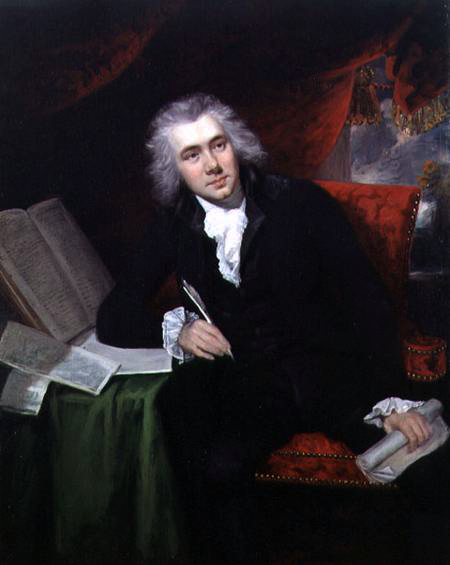Maybe you can’t afford N-95 masks. Maybe you don’t like sending so many disposable masks to landfill. Maybe you can’t get masks that fit you properly. (I find the blue/white ones always slide about and poke me in the eyes, no matter what contortions I inflict on them beforehand.) Maybe you find fabric masks comfortable but are a bit uncertain about how much protection they’re really providing.
On the grounds that the best mask is the one you wear, and which actually fits well enough to form a barrier between your breath and everyone else’s, I have been wearing reusable homemade fabric masks. But these are not your ordinary fabric masks! No, these leap tall buildings in a…sorry, turned over two pages at once. These are WHO-style triple-layer fabric masks!
There are, it turns out, two secrets to getting a mask that works and wears comfortably, whether you make it or buy it. The first secret is to get the right shape of mask. For example, the ones I make for the Caped Gooseberry have a special nose-piece to avoid glasses getting fogged. And the ones I make for myself are child-sized, because it turns out I have a child-sized face, which is why my whole head was being swallowed in a single gulp by your average standard masks. (We’ll get to the second secret soon.)
The good news is that if you have a mask pattern you like, you can still use it to make a mask that’s a bit more beefy in the protection area. For myself, I use this pattern from the Spruce, and for the Caped Gooseberry I use this one from Made By Barb – with certain alterations.
Continue & Comment

